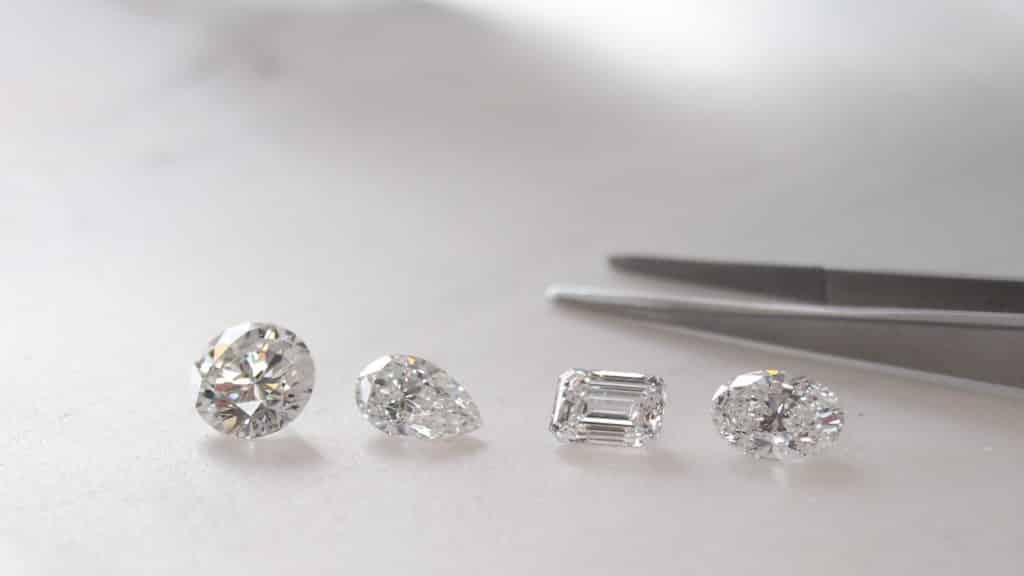Are you eating a lot of protein-rich food only because you’re trying to lose weight? Do you know that protein is important not only to people working out but to all of us? It’s the building block of the body due to its primary role in our growth and development. Your body needs it. Protein not only increases muscle mass and speeds up recovery after an exercise. It also improves health. So whether you’re working out or not, eat a lot of proteins.
Why Should You Eat More Proteins?
Protein is an essential micronutrient that aids in the body’s metabolic processes. It also helps in building, repairing and maintaining cells, tissues and organs in the body. Additionally, protein maintains the proper functioning of your immune system, your heart health and your respiratory system. When you increase your protein intake, you’re reducing your hunger level and enhancing your bone and muscle strength.
The recommended daily intake for protein is 50 g daily. Excess protein cannot be stored by the body. Unlike fats and carbohydrates, there are no specialised cells that can store protein efficiently. When the body’s protein needs are satisfied, any extra protein is either stored as fat or used as energy. That’s why you should always eat a good amount of proteins. If you don’t have enough healthy protein in your diet, most of your body systems will be largely affected.
What Are Good Sources Of Proteins?
The healthiest protein is in plant sources, such as nuts and legumes. Almonds, tofu and soy products, lentils and seeds are all packed with protein. Other good sources of high-quality proteins are fish, poultry, lean cuts of beef and pork, eggs and low-fat dairy products, such as cheese, skim milk and yogurt.
How Can You Increase Your Protein Intake?
To obtain the optimum nutrition your body needs, you should increase your intake of protein. But how? Here are some tips and tricks you can do to make sure you’re eating more protein.
Start your day with an egg scramble or a boiled one. You can also replace your cereals with eggs to enhance your protein intake and help you eat fewer calories.
Eggs are an excellent source of proteins and vitamins. You can also boil eggs in advance and place them in the fridge so you can easily access a protein-rich add-on to your meal. Hard-boiled eggs can be added to salads or as a side to sandwiches.
Snack on healthily. Instead of chips, munch on nuts and seeds. Or get a grilled chicken breast with a die of beans, not a slice of pizza. How about swapping granola bars with protein bars?
Use quinoa, not rice, for stir-fries and burrito bowls. Quinoa is very rich in plant-based proteins, while rice has a very low protein content. You can also use quinoa in your soups, salads or muffins.
Get protein powder. It’s the fastest way of increasing protein intake without looking for protein-rich food. Protein powder can be added to shakes, smoothie and even into your waffle or pancake mix.
Choose Greek yogurt. Yogurt is a healthy breakfast or snack, but many yogurts contain sugar. To increase your protein intake when eating yogurt, use Greek yogurt. It has twice as much protein as the traditional one. About 12-17 g of proteins are present in an average serving of nonfat Greek yogurt.
With its tangy flavour, Greek yogurt is perfect with chopped fruits or berries. It can also be used in yogurt parfaits and as a substitute for sour cream, milk in cereals and ice cream as dessert.
Include protein-rich food in your salad. With only a few grams of protein in most of your salads, you are more likely to become hungry after an hour or two. To help you stay full and satisfied while also increasing your protein intake, add cheese, fish, legumes or chicken breast to your salad serving; they all contain a good amount of protein.
Add beans to your diet. Beans are rich in both fibre and protein. So the next time you prepare your salads, soups or portions of pasta, make sure to include black beans, lentils, garbanzo beans, kidney beans or white beans.
Try eating peanut butter. With its creamy texture, the high-protein peanut butter can go well with firm fruits, including apples and pears. It’s also perfect with banana and celery sticks.
Go for leaner, larger cuts of meat. Lean meats contain fewer calories than non-lean meats. They are also a better source of proteins.
Replace mayonnaise with hummus in your sandwich. Mayo is sure tasty, but it has no protein. Hummus is made from chickpeas, which are high in protein and fibre.
Adding more high-quality protein to your diet will benefit your body. Start with these tips and tricks and you’ll soon make it a habit. You’ll end up consuming more proteins than the usually processed carbohydrates you’re taking.













